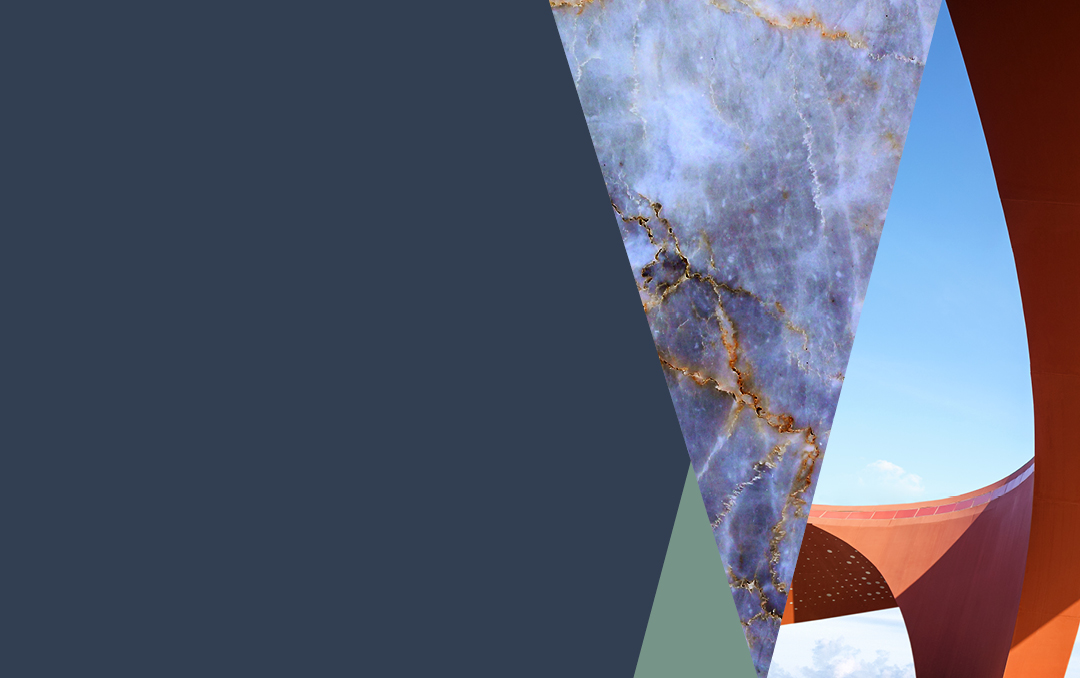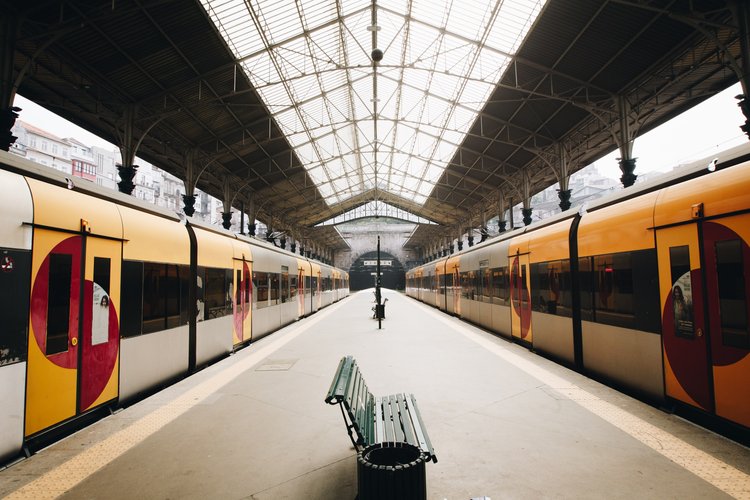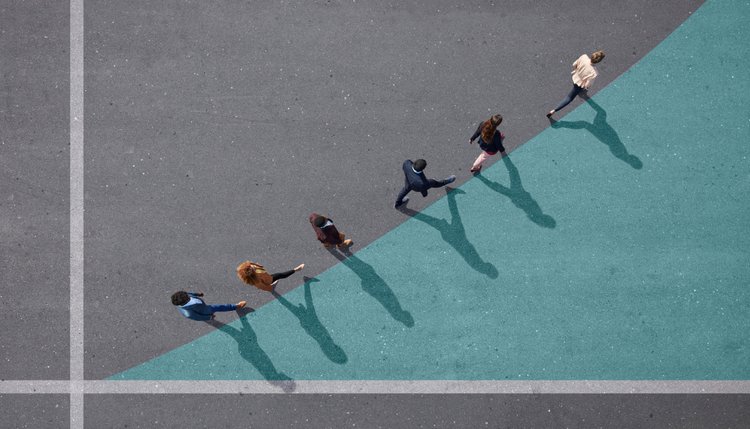Too often, companies provide insufficient and unusable imagery to support media relations activities. While there’s a general awareness that images are important, many companies still do not have the right images available when they’re needed.
As a PR agency, we speak to a lot of journalists daily and one conversation seems to be on repeat; a good image is the difference between a journalist running a story or not. Of course, if a journalist is writing a breaking front page news story, then there will be a story regardless and the publication will source appropriate images. However, front page news is not where most companies sit.
An image tells a story in itself and it captures a reader’s attention. This is why it’s so important to have a decent selection of images for media to use. The journalist wants their story to grab as many readers’ eyes as possible, and so does a brand, especially in the digital world when consumers spend more than a quarter of a day consuming digital content and when the value or success of a piece of content is measured on number of clicks it receives.
Not only does having the right images help a journalist tell a story, it also makes their life a lot easier. Most journalists are time poor, so supplying a journalist with a complete set of quality assets that they can easily access when its required saves them a lot of time. It also gives them a good impression of the company that they’re writing the story about and will hopefully encourage them to write more stories about the company in the future.
When a journalist receives poor images over and over again, or has to repeatedly wait weeks for correspondence, it jeopardises the relationship. If the journalist knows it’s likely there will be a delay, or the story won’t be published at all because of lack of image availability, then they will most likely not contact the company for any future stories.
Here’s five simple ways to make sure the basics are covered before approaching a journalist.
- Are the images high res? This is probably the most important point of all. The image won’t be used for print unless it’s 300dpi (dots per inch) for the size that it’s appearing as. A high res image that’s only high res at a small size won’t scale appropriately for publication, so you’ll need to make sure the image is 300dpi at 210mm x 297mm (for A4). If high res images aren’t available, it won’t run in print, which means you’ll have missed out on a golden opportunity.
- Are there any lifestyle or in situ shots available? A good lifestyle or in situ image should ideally be photographed specifically with the media in mind so it can be used for editorial purposes. If it’s a product that can be used in multiple scenarios, it’s a good idea to arrange the shoot so there’s at least two images demonstrating each use. Arrange a professional photographer to set up a photoshoot for a product or location. It’s a one-off cost that will generate a suite of images that can be used for editorial, social media, and marketing collateral in the future.
If this isn’t possible and all you have to work with is marketing images, then the image must not be heavily photoshopped making it look unrealistic or fake, and all branding or marketing copy must be removed. If none of this is possible, then the image won’t be suitable for editorial purposes.
- Does the image suit the Australian seasons and audience? Depending on the company, images may be supplied by head offices that are located in other parts of the world. This can sometimes mean seasons or scenarios are completely different to what’s familiar to the local audience. For example, when a product is being launched at Christmas in the northern hemisphere, the lifestyle images potentially will have a snowy winter setting. This doesn’t resonate with anyone in Australia at that time of year and the message the company is communicating is likely to be lost. This is where a photoshoot comes in handy; styling images to suit the local audience will keep the message relevant to a reader.
- Make sure there’s a suite of deep-etch images from various angles. This is important for product images because, most of the time, the stand-alone product image is used by the product copy. Having various angled images of the product lets the picture editor play around with positioning on the page, as well as using the image that is most attention-grabbing. Just sending lifestyle shots won’t suffice, so the rule is to always have (high res) deep-etch and lifestyle shots available.
- Professional people images. When taking images of the company’s CEO or other key leadership figures or spokespeople, it’s important to do so professionally. Taking a picture using a mobile phone means the image is at risk of being blurry, not straight and won’t be high res enough to use.
It’s also very important to make sure the person has a neutral expression, rather than a cheesy grin. This means the photo will be suitable for all occasions. For example, if the company has a breaking bad news story, it’s best not to have file photos where the CEO is smiling broadly.
The value of video
Images aren’t the only way to generate coverage. Videos can also tell a story. In the world of digital and social media, around five billion videos are being watched every day on YouTube, so having video available for media or content for your own channels is also important.
Video content can be used on your website or via social media as sponsored or organic posts. Some media also use video content that tells a story, as it helps with audience engagement and can be used when sharing the story across social platforms to drive interest back to their news site.
By making sure journalists can easily access high quality images and video with a good selection of lifestyle and deep-etch shots will save time and stress. In the long run, it will make your company look professional and easy to work with.










